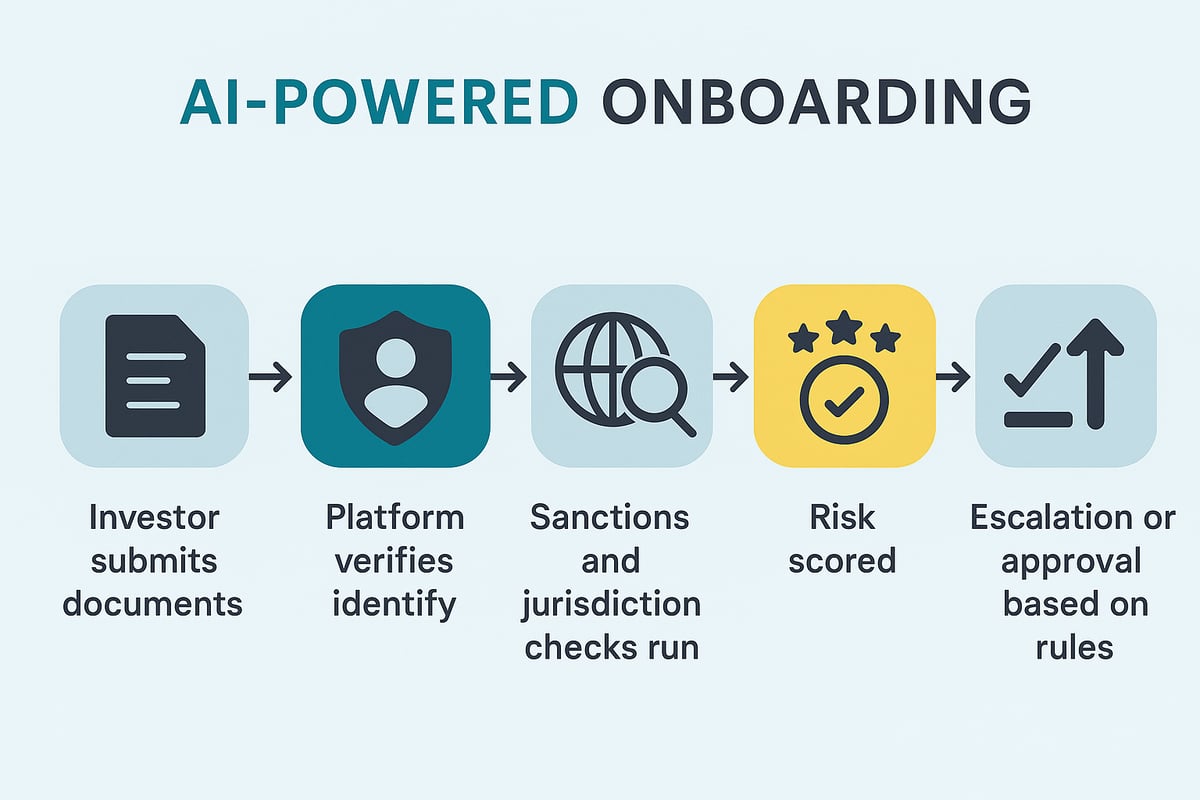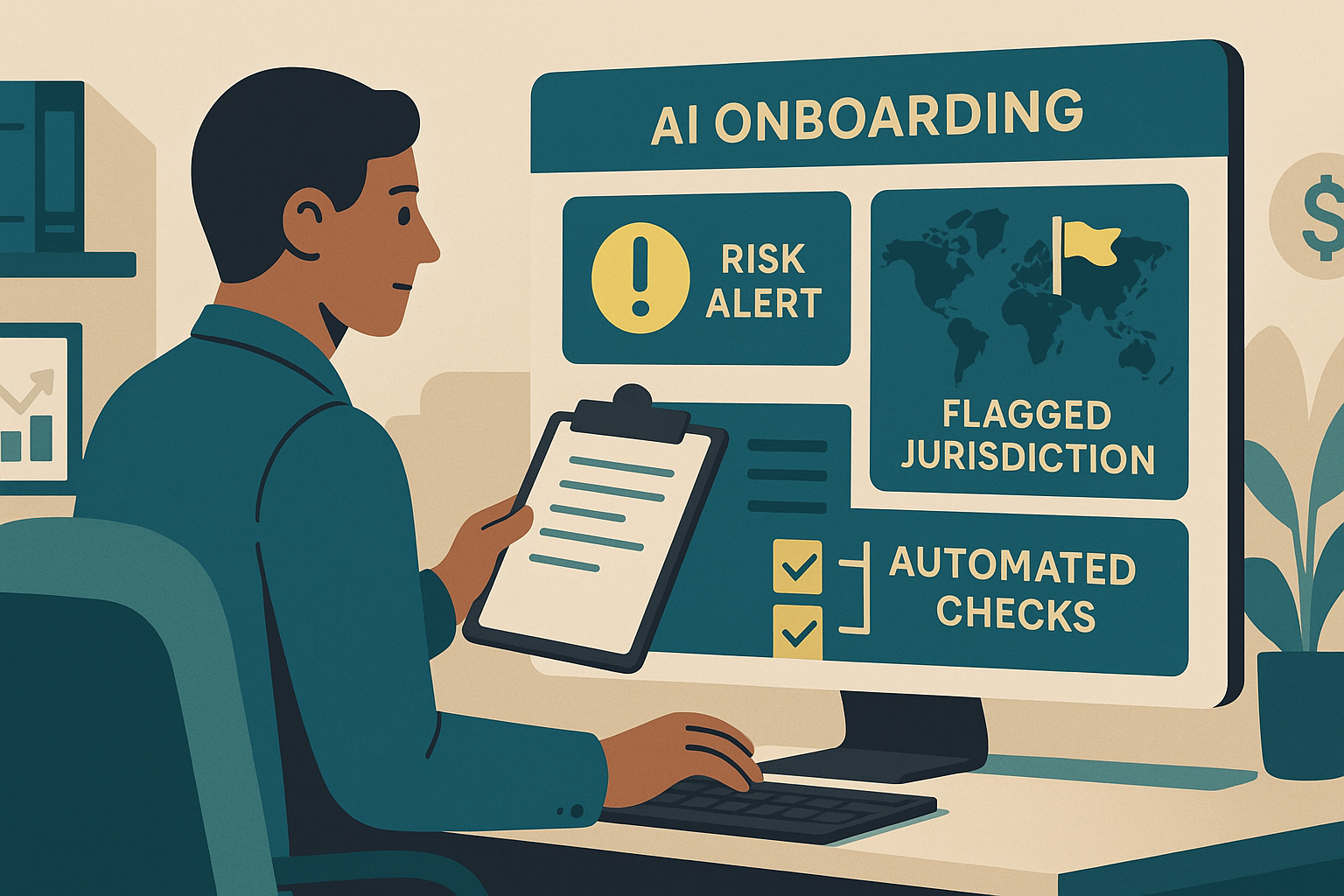Client onboarding is more than an administrative process. For fund administrators and compliance teams, it's a critical moment to identify and mitigate risk - especially when bringing new investors into a client’s fund.
In the past, this process relied on spreadsheets, manual verification, and fragmented systems. It was slow, inconsistent, and left firms vulnerable to serious consequences if a bad actor slipped through the cracks.
Today, AI and machine learning are transforming how teams assess risk. These technologies turn static checklists into dynamic workflows that help teams act faster, stay accurate, and reduce manual effort.
Why Manual Risk Checks Fall Short
Traditional risk assessments often involve disconnected tools and overworked teams. With no single source of truth, subtle warning signs can go unnoticed. Spreadsheets constantly need updates. Data entry errors creep in. Analyst decisions vary from one person to the next. If red flags are spotted late, the cost of remediation grows.
This isn’t just inefficient. It’s risky. Delays frustrate clients. Missed issues invite regulatory scrutiny. And in the worst cases, bad actors go undetected.
How AI Reduces That Risk
Modern onboarding platforms use AI to bring structure, speed, and consistency to the process. Instead of relying solely on manual checks, these systems handle tasks like:
-
Scanning large volumes of data to uncover hard-to-spot patterns
-
Cross-checking identities and documents against high-risk jurisdictions
-
Combining internal and external data for a broader view
-
Continuously learning from outcomes to improve future assessments
As a result, teams can act sooner, with more confidence, and avoid relying on gut instinct alone.

Smarter Workflows in Action
AI-powered platforms adapt in real time. If an investor is from a flagged region, the system can automatically escalate the case. If a name matches a sanctions list, it alerts the team instantly.
These intelligent rules give compliance teams better visibility without requiring constant manual review. The result? Fewer bottlenecks, stronger controls, and full audit trails.
Reducing Friction Without Losing Control
When platforms handle the repetitive tasks, teams can focus on strategic work. This helps:
-
Reduce errors from manual input
-
Create consistent decision-making processes
-
Minimize back-and-forth between departments
Fund administrators can move faster without compromising risk standards—and investors benefit from smoother onboarding.
What’s Next
AI won’t replace people. But it does help them work smarter.
With stronger integrations, real-time logic, and scalable risk models, onboarding platforms are becoming central to how compliance teams operate. It’s not just about tech upgrades. It’s about building a more resilient, transparent onboarding process.
If you’re exploring better ways to manage onboarding risk, we’d be happy to share what’s working for others in the industry.

